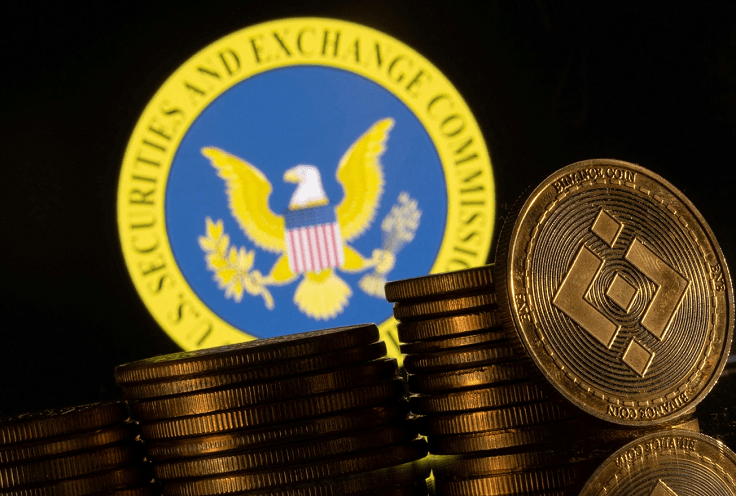Regulators lack an ongoing coordination mechanism for addressing crypto blockchain risks in a timely manner, the report says.
A report by the United States Government Accountability Office (GAO), which was commissioned by Rep. Maxine Waters (D-Calif.) and Rep. Stephen Lynch (D-Mass.) of Financial Services Committee, has found that there’s a significant regulatory gap for crypto assets and has suggested a whole-of-government approach to addressing it.
“No federal financial regulator has comprehensive authority to regulate the spot market for crypto assets that are not securities,” the report read. “A formal coordination mechanism for addressing blockchain-related risks, which could establish processes or time frames for responding to risks, could help federal financial regulators collectively identify risks and develop timely and appropriate responses.”
The Treasury’s Financial Stability Oversight Council has been tasked to lead the development of a unified approach to crypto asset oversight, as per a March 2022 Executive Order.
Of particular concern to the GAO is that there’s a major gap in regulatory authority over stablecoins, calling the U.S. financial regulatory structure fragmented, particularly with regard to standards surrounding reserve levels and public disclosure of reserves.
The report argues that there’s a need for regular audits of and public disclosures of reserve assets and audit results and for establishing a legal framework regarding redemption rights.
DeFi’s Contagion Potential
As decentralized finance (DeFi) has grown in market size, so too has its risk to the crypto economy and broader macro market, the report says.
An absence of intermediaries in DeFi raises regulatory concerns about compliance and consumer protection, the report argues, and as these services become more interconnected and decentralized, the risks, including financial shocks and illicit finance, escalate.
The report says that regulatory bodies like the Treasury Department’s Financial Crimes Enforcement Network (FinCEN) to evaluate how existing regulations might apply to these platforms.







